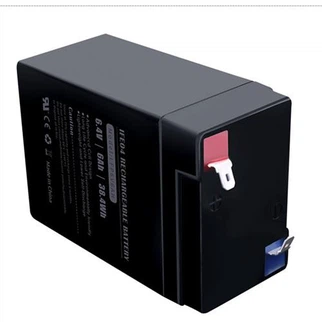Serial composition: The battery is formed by a single battery through and in series. Parallel connection increases the capacity, and the voltage remains the same. After the series connection, the voltage doubles and the capacity remains the same. For example, a 3.6V/10Ah battery is composed of a single N18650/2Ah through 5 parallels. Parallel first and then series: The cycle life of the battery after paralleling is affected by the difference of internal resistance and uneven heat dissipation. But a single battery failure will automatically exit, except for the reduction of capacity, it will not affect the use after the parallel operation, and the parallel process is more stringent.
When the parallel unit batteries are short-circuited, the current in the parallel circuit is very large, which is usually avoided by adding fuse protection technology. Connect in series first, then connect in series according to the capacity of the entire battery pack, such as one-third of the capacity of the entire battery pack, and then connect in parallel to reduce the failure probability of a large-capacity battery pack.
Battery requirements: Choose the corresponding battery according to your own design requirements. Parallel and series batteries require the same model, model, capacity, and internal resistance, and the voltage difference should not exceed 2%. Generally speaking, after batteries are connected in series and parallel, the capacity loss is 2%-5%. The more batteries, the greater the capacity loss. Whether it is a flexible battery or a cylindrical battery, you need multiple batteries. If the consistency is not good, it will affect the battery capacity. The battery with the lowest battery capacity determines the capacity of the entire battery. High current discharge performance is required. The starting current of the motor is 3 times the normal working current, and the high current discharge can improve the power performance of the motor.
Let the battery dissipate better. With more batteries, the temperature in the battery box rises, and it is not easy to disperse, resulting in uneven temperature between the batteries, different discharge characteristics, and long-term battery performance. High-level production technology. The battery needs to be able to withstand the impact of bumpy roads. The production process is very demanding, especially the spot welding process. Test after welding to prevent false welding and desoldering
PACK technology: Cell PACK adopts two methods, one is laser welding or ultrasonic welding or pulse welding. In this welding method, the advantages of good reliability are realized, but it is easy to replace. Second, it is contacted by elastic metal foil, has the advantages of easy battery replacement without welding, and has the disadvantage of poor contact.







